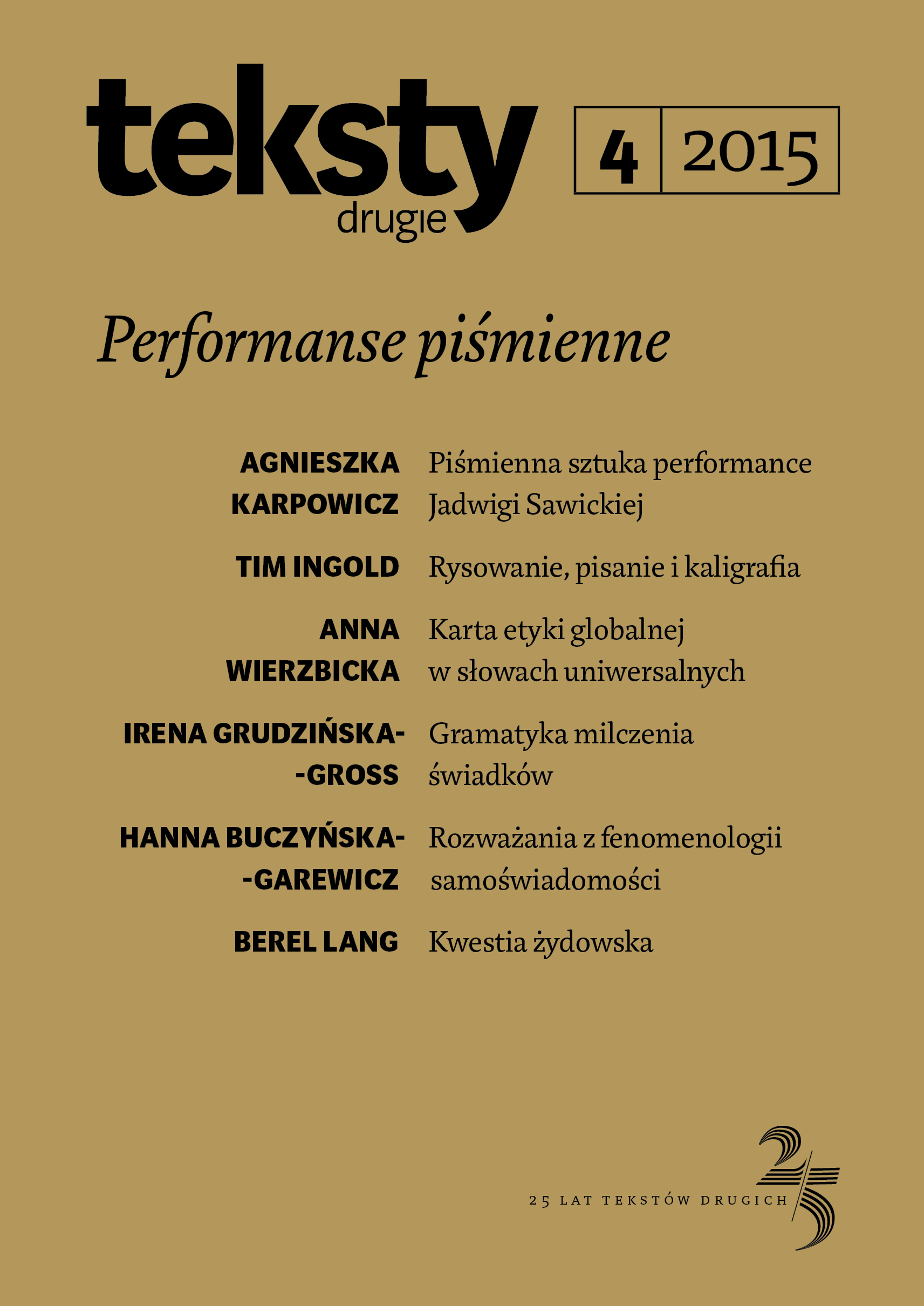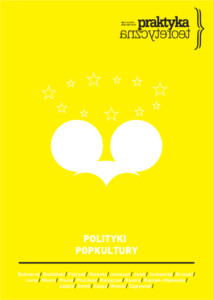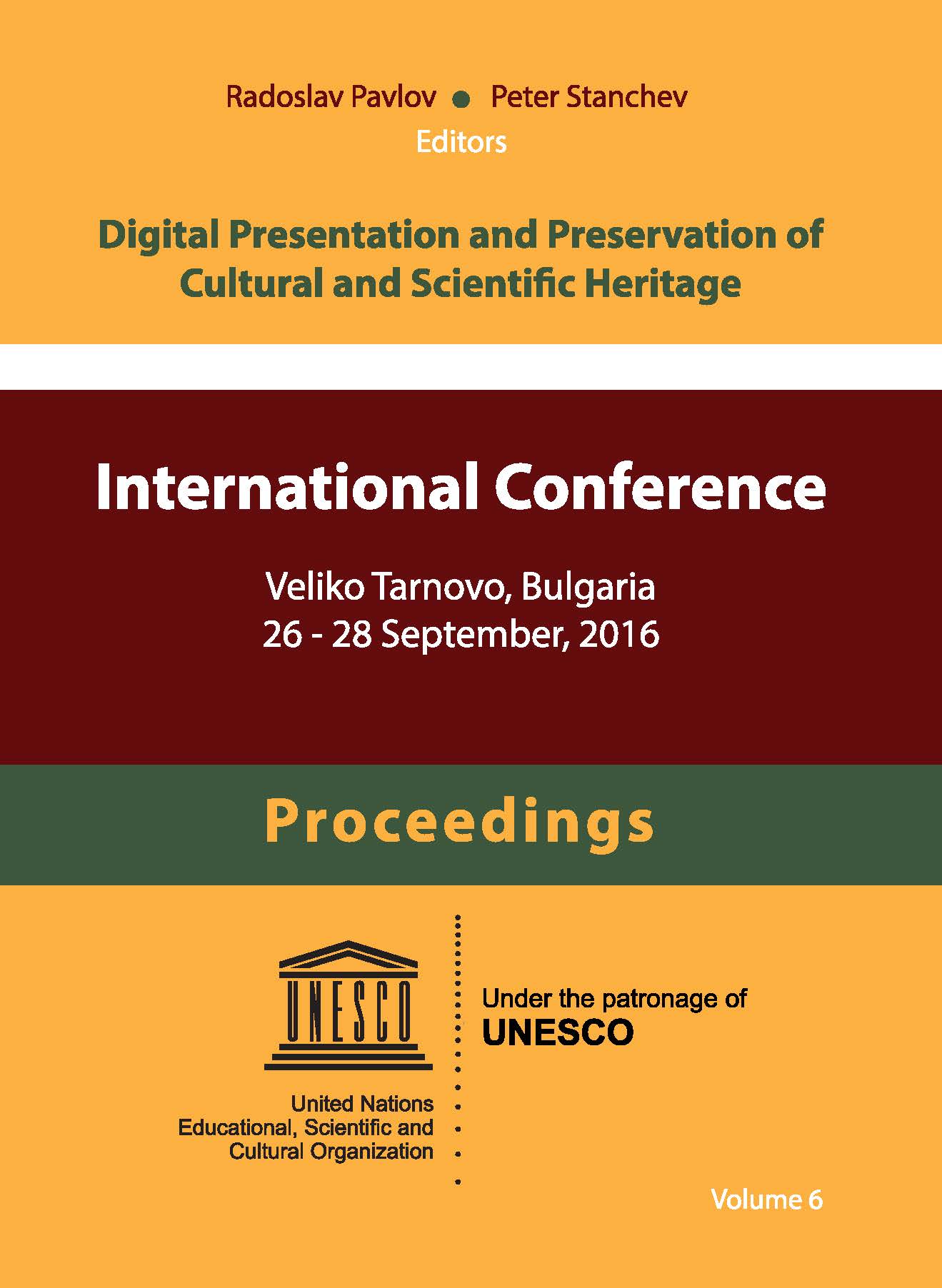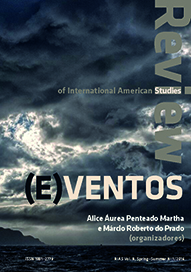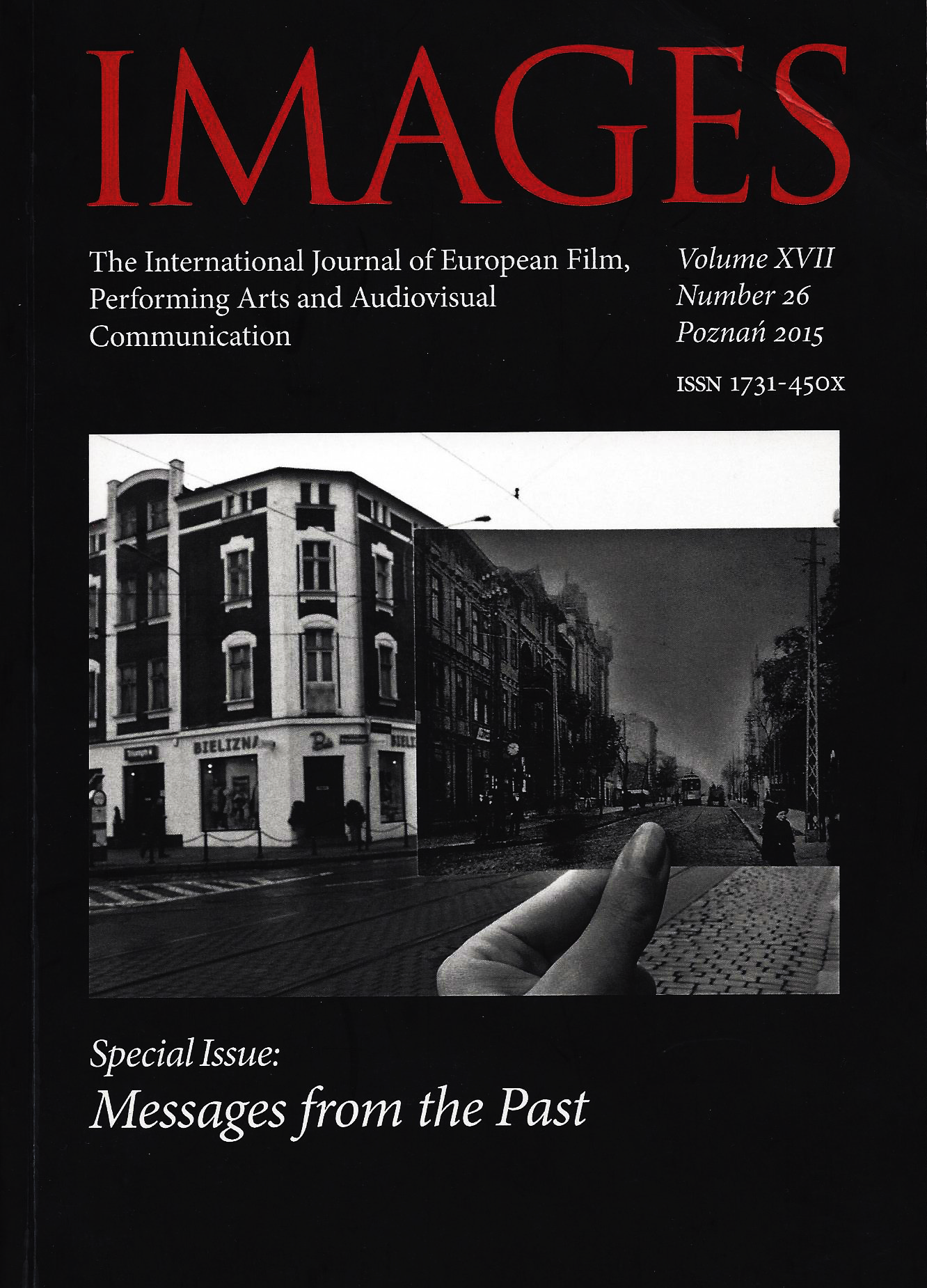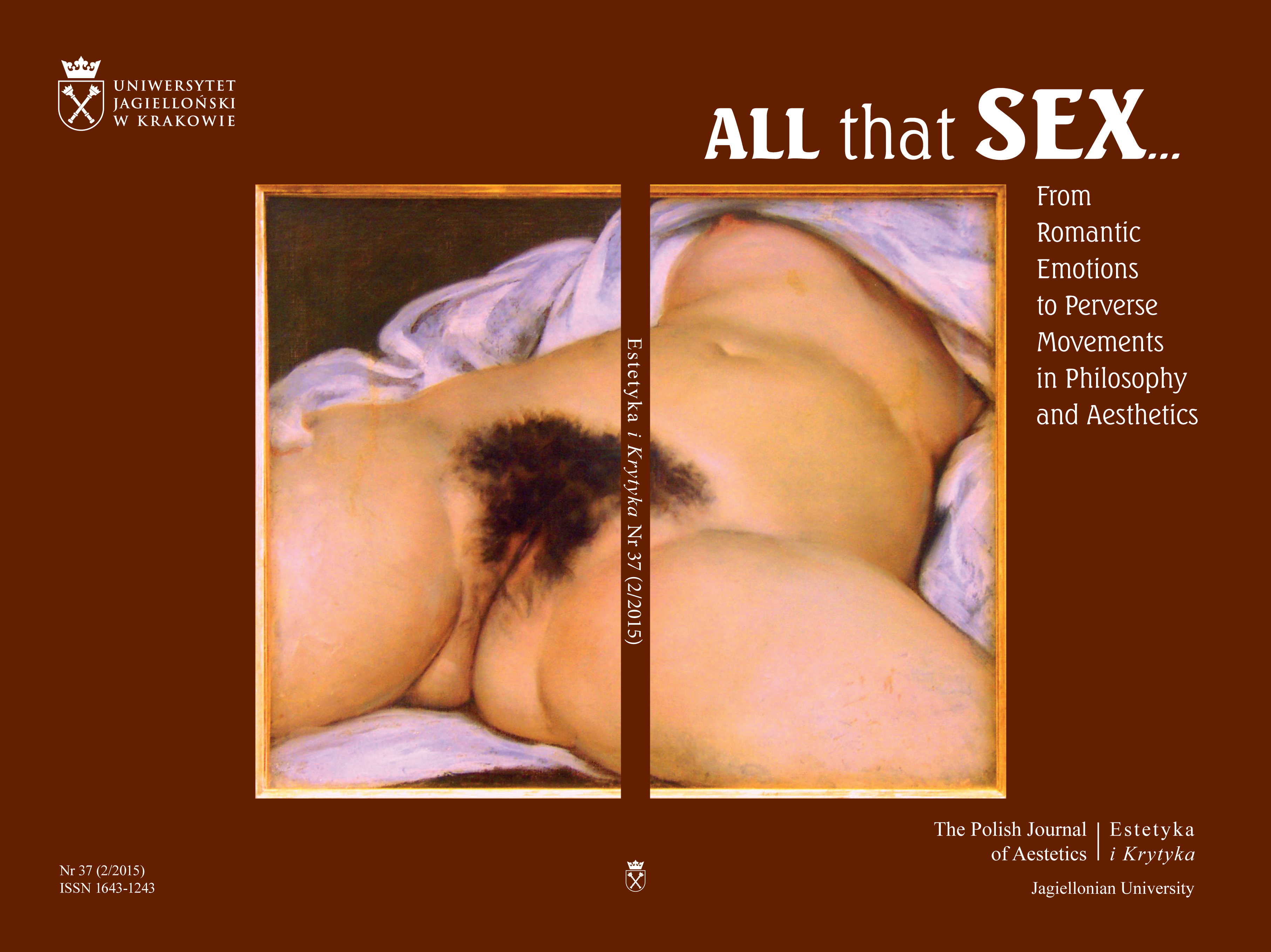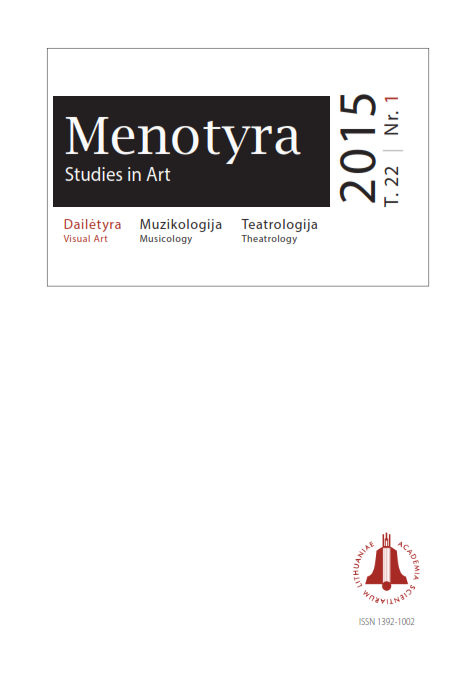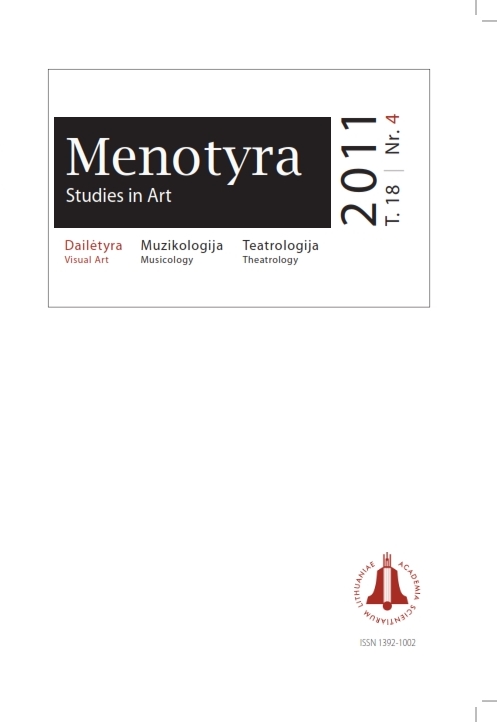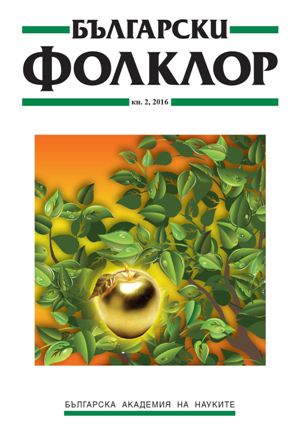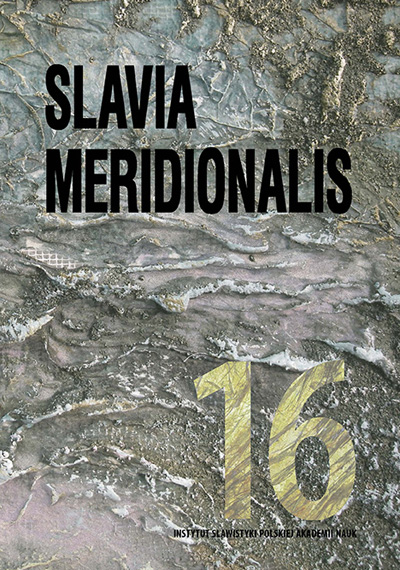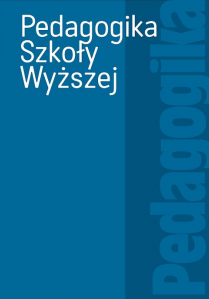Author(s): Gabija Surdokaitė / Language(s): Lithuanian
Issue: 1/2015
The phenomenon of building crosses in the Grand Duchy of Lithuania in the 16th–18th centuries was characteristic of the entire Catholic world. One can assert that already in the 16th century, crosses were built at waysides and homesteads in the entire territory of Lithuania. They were important landmarks of local topography and were used to mark the land boundaries.In the 16th century, the majority of crosses were mentioned as the landmarks of domains. In the 16th–17th centuries, the boundary between crosses as landmarks in towns and crosses at waysides were very delicate. Therefore, strict differentiation of functions and typology of crosses is not possible, except where crosses were built on piles of ground as landmarks in fields. Detailed descriptions of churches of the 16th century have not survived (or have not been found yet). Therefore, final conclusions cannot be drawn about erection or not erection of crosses in the cemeteries and churchyards which belong exclusively to the activity field of the parson of the parish church.In the first half of the 17th century, the spread of crosses in the landscape of the Grand Duchy of Lithuania was related with the teaching of the Post-Trent Church. In that period, crosses began to be erected in large numbers at churchyards, cemeteries, homesteads, waysides as tokens of memory and on other occasions. In the second half of the 17th century, a cross became a customary attribute in a place of residence or on a trip. Today, we can already speak about the piety to the redemptive suffering of Christ that was established in the religious consciousness of all believers (Catholics). Like in the entire Catholic world, in the Grand Duchy of Lithuania crosses at cemeteries, homesteads, and waysides as well as commemorative, plague, and mission crosses began to be erected in the 16th–18th centuries.Sparse schematic markings of crosses on the maps of land domains and more extensive descriptions allow us to state that sacral monuments of different forms existed already in the 17th–18th century. Roofed pillar-type crosses (stogastulpiai), roofed crosses, shrines on the pillars, columns with statues of saints, and small wayside shrines (koplytėlės) in trees, etc. were built, but there are no data about the spread and distribution of concrete types of religious monuments. In the 18th century, crosses with sculptures of the Crucified with attached shrines containing figures of other holy persons were built in the Grand Duchy of Lithuania. According to the 18th century descriptions from the Grand Duchy of Lithuania, there was a widespread custom to build wayside shrines on the ground.A description of Samogitian crosses published by Aubrey de la Motraye in 1732 allows us to draw a conclusion about a deep-rooted folk piety. According to analogies of the 19th century, small wayside shrines and statues of saints mentioned by this Frenchman could be attributed to the sacral folk sculpture, about the existence of which we do not have any more reliable and comprehensive sources. The majority of the traditions related to the building, functions, and intentions of crosses formed and took root in the 17th century. The role and meaning of the custom of keeping crosses and images of holy persons in the daily living environment, recorded by ethnographers, ethnologists and researchers of folk art in the first half of the 20th century and even in the early 21st century, formed as early as in the 17th century and hardly changed in later times. From the first half of the 17th century, sculptures in churches of the Grand Duchy of Lithuania started to be dressed with fabric clothes. In the first half of the 18th century, this tradition took deep root in the folk culture. In the 18th century, a tradition characteristic of the catholic world to decorate the crosses with flowers and other plants became widely spread in the Grand Duchy of Lithuania.
More...
